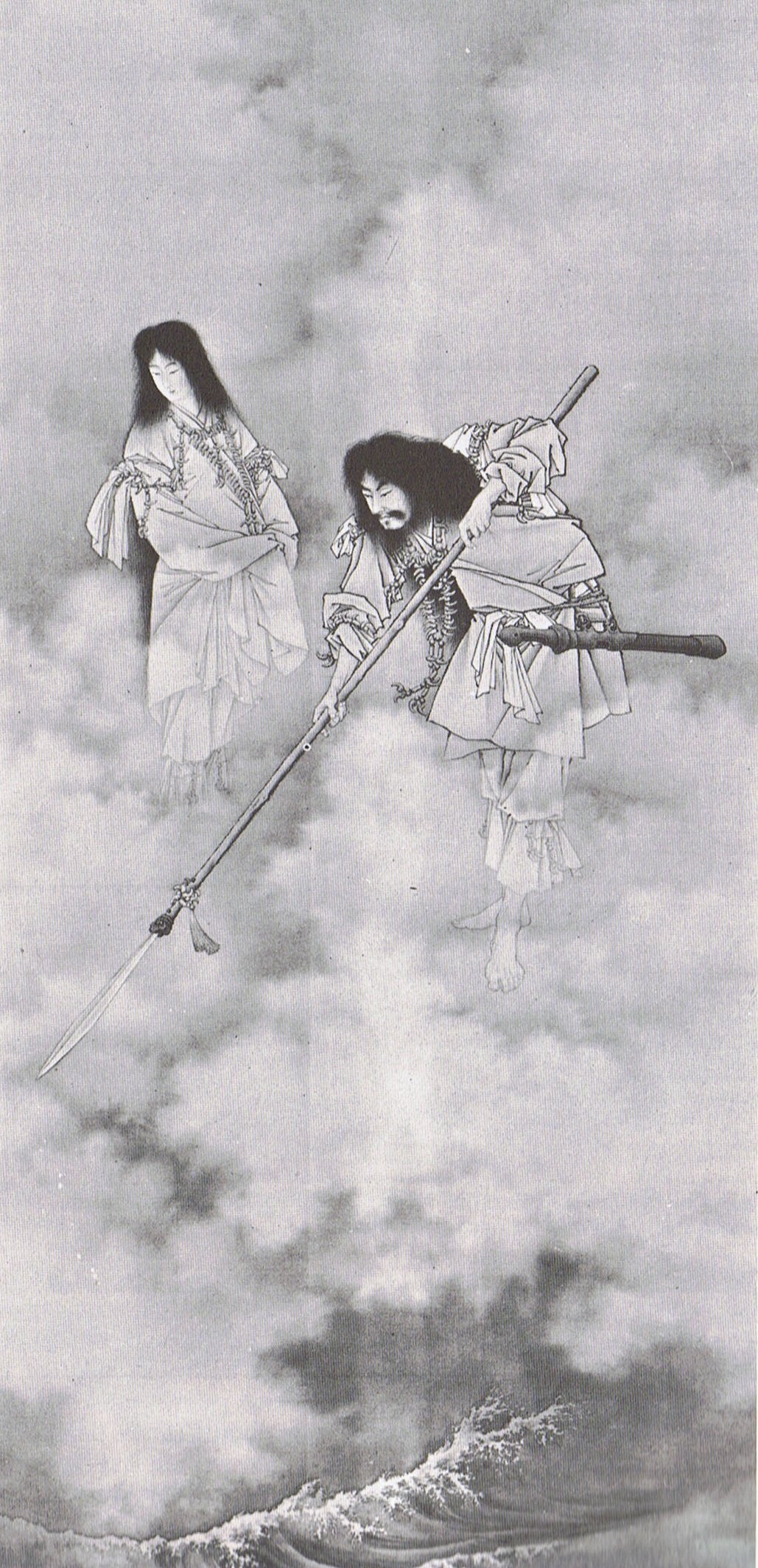|
TRANSLATIONS
The broken canoe comes first, the living one later. The reversed ihe tau (GD45) comes after the one oriented in the normal way. An exception (though only apparently) is when Eb6-9 arrives earlier than Eb6-16:
However, the explanation may be that we should relate Eb6-9 to the equally far away (7 glyphs) earlier located Eb6-2:
It seems to be a universal human belief that in the beginning there was darkness and no light. The rongorongo writers clearly had this concept as one of their fundamental beliefs. We have already earlier discussed the obvious black-before-white in the cycles of the moon and the sun, as for instance in Hb9-23 / Hb9-25 respectively in Aa4-58 / Aa4-60:
Eb6-8--9 is yet another example:
We recognize from Aa1-14 the unusual GD21 with one 'berry' missing:
Aa1-13 corresponds to Eb6-5 and Aa1-15 to Eb6-9. Metoro could not start his reading of Tahua on side a because he saw light there, while on side b the darkness at the beginning told him to start:
The 4 strong arms raising the sky roof in Aa1-5--8 is enough evidence of light, and already at Aa1-1--2 the sun bird chick is illuminating the moon. We have not yet learnt enough of the dark side b to immediately recognize all the signs at the beginning of the text. However, Ab1-2 with light riding securely inside a canoe we should comprehend as a picture of the new 'day' just having been alighted, while the world is still inundated by the 'flood' of winter. The first line on side b cannot belong to the 'dead' old year if the new light is already there, sailing on the ocean. Yet, there may be a cycle with a 'corner' at Ab2-1:
Metoro did not comment Ab2-1, but took a deep breath (it seems) to start with Ab2-2 as if that was a new beginning - ki spelled with a capital: Ki. Immediately before Ab2-1 he said hakaturi ia. The word turi probably is used at beginnings (we remember the golden plover witnessing how Fakataka gave birth to Taetagaloa at water's edge):
... I have suggested that the joints in the limbs are symbolizing the 'female' locations of change in the routines ... At GD32 Metoro often said hakaturou (with French spelling of hakaturu I suppose).
It would not surprise me if there is a word game involved here, with turi implying beginning and turu implying end. But hakaturi is necessarily preceded by an earlier phase of hakaturu, because light cannot come first. ... The canoe goes and goes, the wind roars, the sea churns, the canoe sinks. Kui expires while Fakataka swims ... I have a suspicion that we may learn more from Metoro at the crucial points in the text, and we should therefore also pay attention to his words at the variant of GD11 with wavy wing. Does the wave in the wing mean waves in the water?
If a new life is wished for, somebody has to 'die'. His head must be cut off (hore te gao). We remember Aa1-11:
To swim face down (ruku) is to be very close to the real death. I associate to Izanagi and his sister Izanami (in Japanese mythology) who together created the world we live in:
 "Izanagi and his sister Izanami creating the island of Onokoro. The last couple of the seven generations of gods who appeared when heaven and earth began, Izanagi and Izanami received the order to consolidate and fertilize the moving earth. Here Izanami stirs the waters of the sea with his celestial lance to produce the island of Onokoro. The brother and sister then descended to it and engendered the islands of Japan and numerous deities. Silk painting, nineteenth century A.D." (Larousse) |
|||||||||||||||||||||||||||||||||||||||||||||||||||||||||||||||||||||||||||||||||||||||||||||||||||||||||||||

















